In the last couple of weeks, director Terry Gilliam has been making the press rounds talking about his film Jabberwocky, which recently received a new edition from the Criterion Collection. As part of that he’s also updated everyone on the status of The Man Who Killed Don Quixote, a film he’s been working on to one extent or another for almost two decades.
For those not familiar with the project, The Man Who Killed Don Quixote was first developed by Gilliam and writer Toni Grisoni in the late 1990s with Jean Rochefort playing the titular hero and Johnny Depp a 21st-century marketing professional who’s sent back in time, finding himself teamed with Quixote. Almost immediate the production was beset by problems of various kinds that caused delays, budget overruns and more, ultimately leading to it being shut down. Much of this is chronicled in the documentary Lost in La Mancha, released around 2003 as a standalone film after originally being conceived as a “making of” feature for the film’s eventual DVD release.
With filming finally finished – including a whole new cast, of course – and test screenings happening now according to Gilliam, it seems the film could finally see the light of day after 20 years of false starts and well-intentioned promises. There are still legal issues that are plaguing that release, but we’re closer than we have been.
Gilliam’s comments about this long-gestating film put me in mind of other movies that have been promised by the talent involved for long periods of time but which never seem to get off the ground.
Gambit
Ever since the popular X-Men character first appeared on screen in X-Men: Origins – Wolverine (Writer’s Strike) as portrayed by Taylor Kitsch, fans have been clamoring for a solo film that would be a bit more authentic and true to the character’s comic book incarnation. In 2014 Channing Tatum, still riding a high after Magic Mike and a few other well-received roles, announced he was interested in starring in that film. He’s been attached to it ever since.
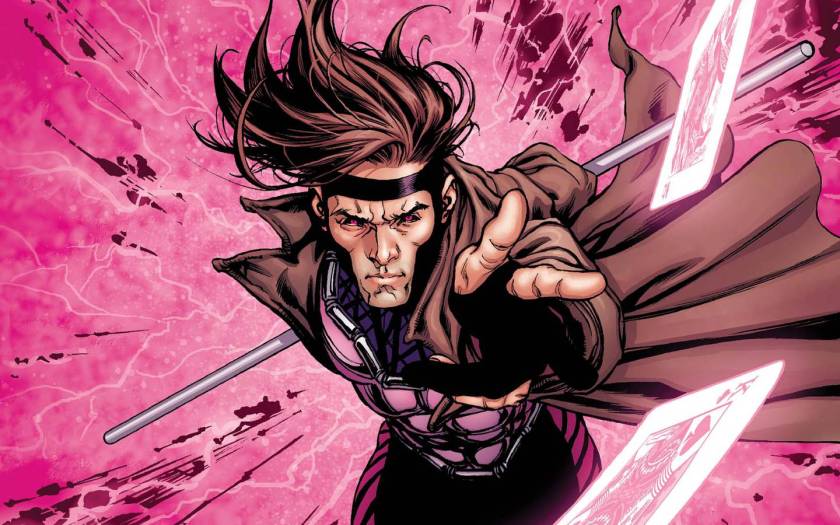
The movie has moved in and out of production more times than a family in witness protection changes houses. Doug Liman was initially attached to direct but left the project a couple years ago. Since then a few different directors have been approached or rumored but it wasn’t until earlier this year that Gore Verbinski finally took on the project. Fox recently set a February 2019 release date and cast Lizzy Caplan as an unidentified character. Reports have emerged recently that production has started but I remain skeptical.
Avatar 2, 3,4, 5 (…) 78, 79 or 80
You’d think that making a sequel to the biggest movie of all time would be a no-brainer. But if anyone was capable of overthinking such a project, it was director James Cameron.
Sequels to the 2009 3D blockbuster have been discussed since about a week after that first film hit theaters. If that initial schedule had held, the first sequel would have come out in 2014. As it is we’re still waiting for what’s now a 2020 release, with a third installment coming in 2021 since both films are being shot at the same time.
![]()
Those films are reportedly in preliminary production now but that doesn’t mean Cameron can’t shut the whole thing down at any time because the cameras are two ounces heavier than they need to be to get the shot he’s been planning for 14 years.
Die Hard: Year One
Announced in late 2015, this prequel is reportedly the combination of elements of stories from previously-scrapped film projects as well as a TV series that went nowhere telling the story of a young New York cop named John McClaine. Ever since news broke of it being planned people have wondered how it wouldn’t completely ruin the first Die Hard since that story was premised on McClaine being totally out of his element in a high-stakes terrorist situation. Any prequel story is going to have to make it seem as if he had the necessary skills all along, which takes the magic away from the original.
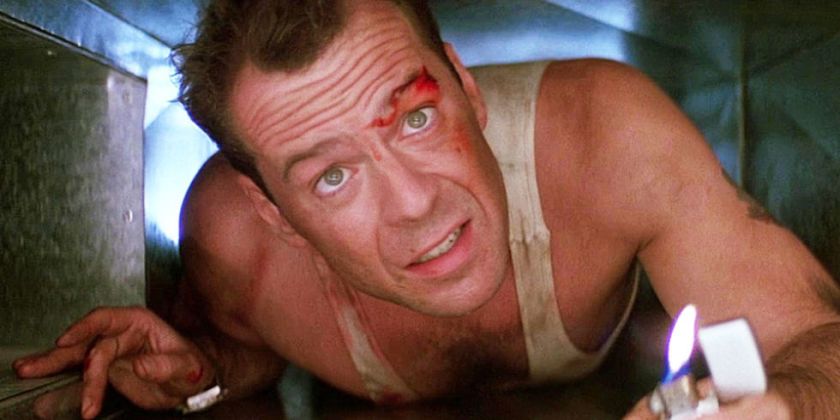
Len Wiseman has been attached to direct but that’s about it, with no other cast announced or story shared. That makes the 2018 release that has been planned unlikely. I’d be shocked if this one didn’t die of inertia and complete lack of interest.
Black Adam
Dwayne “The Rock” Johnson has been signed to play Black Adam, a magical villain from the DC Comics universe, in a movie for years now. He’s been teasing it repeatedly on his social media accounts, offering the occasional update that seems as if he’s gearing up for it any minute now, including hints he would appear in other movies before one featuring Shazam, his arch-rival, could get off the ground. Just as that project picked up speed, it was announced by DC’s Geoff Johns that it would not star Johnson or feature Black Adam.
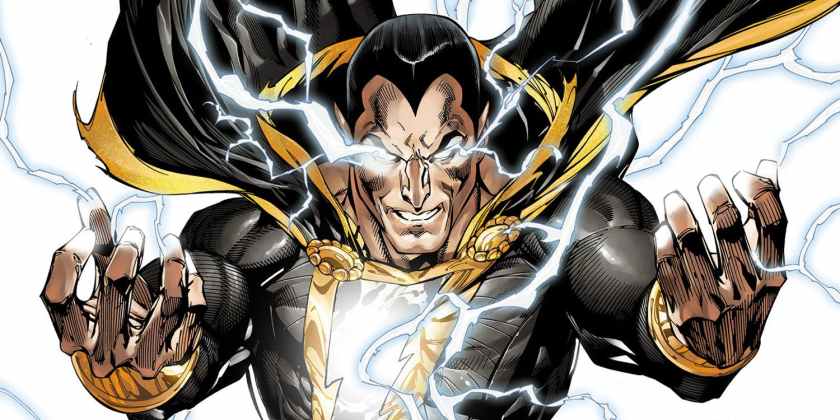
That makes it unclear who Shazam will square off against in the solo movie coming in 2019 and starring Zachary Levi as the hero. Black Adam was also given his own film, likely due to the actor’s stature and popularity, though a release date for that remains in limbo. There are rumors he could appear in Suicide Squad 2, though those are unconfirmed and would seem to have the same issues that spiked his appearance in Shazam. Until this is officially on a release calendar I’m not convinced it’s actually happening given the ups and downs to date.
Chris Thilk is a freelance writer and content strategist who lives in the Chicago suburbs.

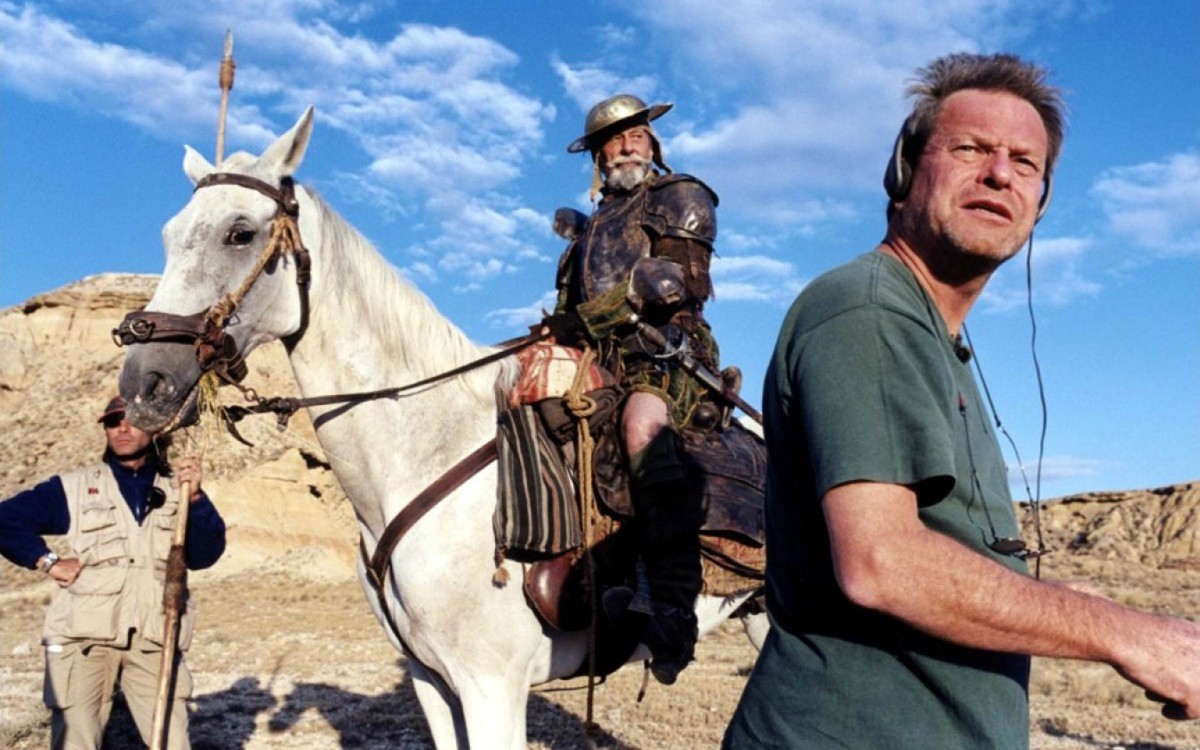
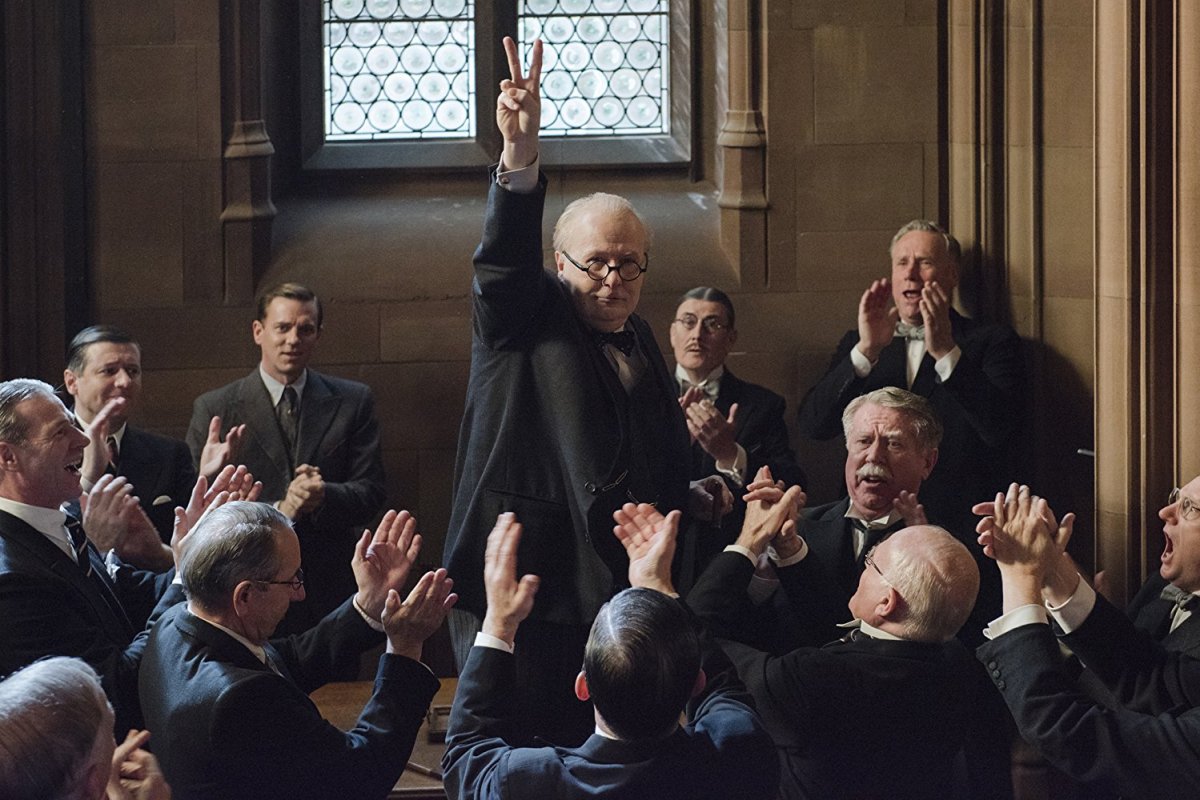
 Winston Churchill is having his moment in the spotlight. His presence was felt, though not seen, in Christopher Nolan’s Dunkirk earlier this year and has appeared in a couple different TV shows recently, including Netflix’s “The Crown.” Now an integral part of Churchill’s life is coming to the big screen as he’s played by Gary Oldman in director Joe Wright’s Darkest Hour.
Winston Churchill is having his moment in the spotlight. His presence was felt, though not seen, in Christopher Nolan’s Dunkirk earlier this year and has appeared in a couple different TV shows recently, including Netflix’s “The Crown.” Now an integral part of Churchill’s life is coming to the big screen as he’s played by Gary Oldman in director Joe Wright’s Darkest Hour.


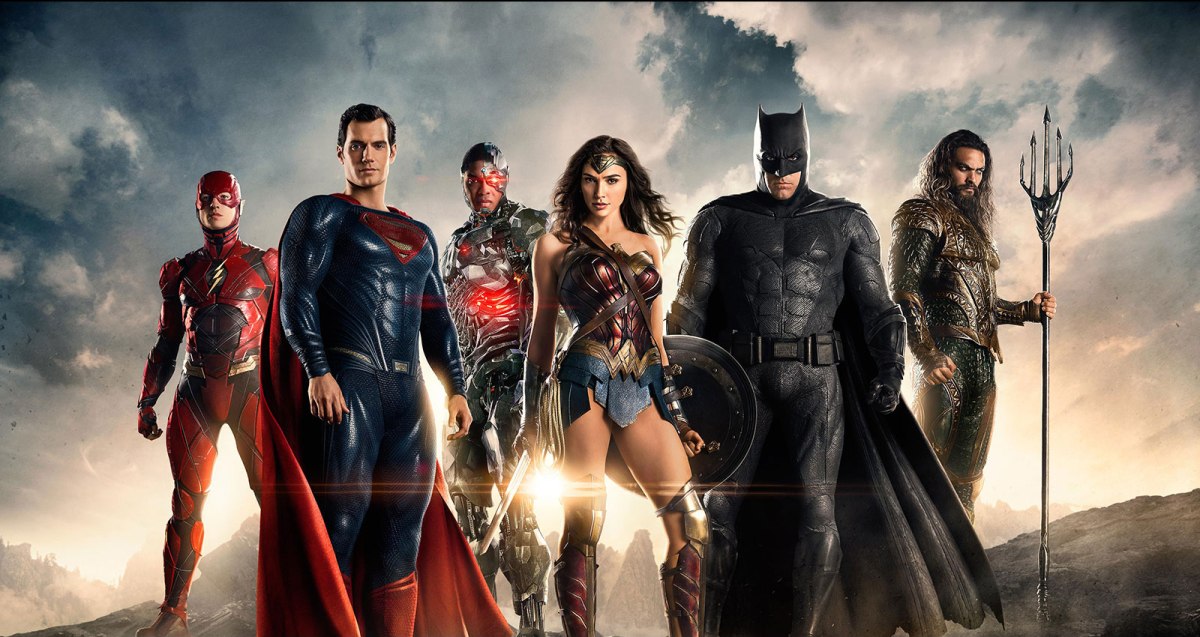
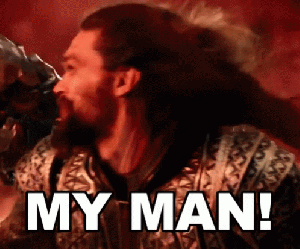 Justice League should have been a slam-dunk. Just days before it was released projections had it earning somewhere around $110 million in its opening weekend. That would have been decent, more than Wonder Woman but less than both Batman v Superman: Dawn of Justice and Suicide Squad. Not great, but clearing the $100 million mark domestically is always important from an optics point of view, particularly when the production budget was reportedly somewhere around $300 million. As it stands now it is, instead, the worst-performing entry in the DC Cinematic Universe, or whatever we’re calling it.
Justice League should have been a slam-dunk. Just days before it was released projections had it earning somewhere around $110 million in its opening weekend. That would have been decent, more than Wonder Woman but less than both Batman v Superman: Dawn of Justice and Suicide Squad. Not great, but clearing the $100 million mark domestically is always important from an optics point of view, particularly when the production budget was reportedly somewhere around $300 million. As it stands now it is, instead, the worst-performing entry in the DC Cinematic Universe, or whatever we’re calling it.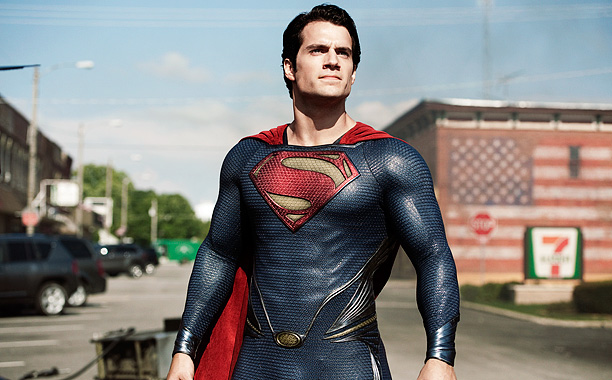


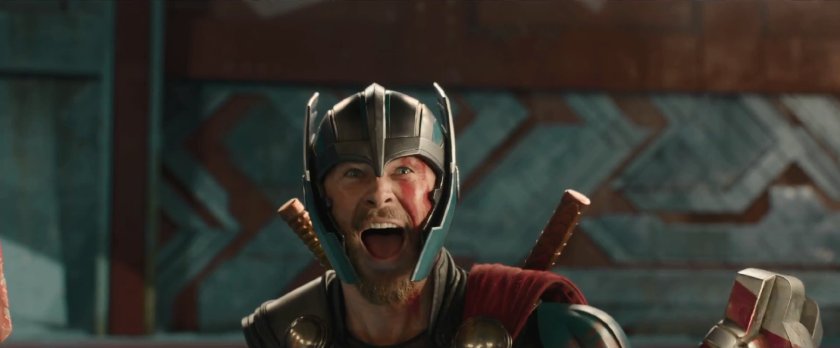
 Early on in the Justice League production – and publicity – process, director Zack Snyder and others talked about how it was going to be shot as one massive production but split into two films, one released now and the other six months or so into 2018. That was eventually discarded.
Early on in the Justice League production – and publicity – process, director Zack Snyder and others talked about how it was going to be shot as one massive production but split into two films, one released now and the other six months or so into 2018. That was eventually discarded. Also early on, a poster showing Jason Momoa as Aquaman was released with the copy “Unite the Seven.” It was widely believed that was a reference to seven heroes coming together. The Justice League campaign only showed five heroes, not including Superman, and this was retconned to refer to the “seven seas” but that’s not how it was initially received.
Also early on, a poster showing Jason Momoa as Aquaman was released with the copy “Unite the Seven.” It was widely believed that was a reference to seven heroes coming together. The Justice League campaign only showed five heroes, not including Superman, and this was retconned to refer to the “seven seas” but that’s not how it was initially received.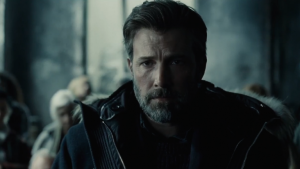 Affleck’s future as Batman changes weekly. At one point he was both writing and directing a solo film that was supposed to come out before Justice League but was pushed to later. Now he’s doing neither and may not even play the character again.
Affleck’s future as Batman changes weekly. At one point he was both writing and directing a solo film that was supposed to come out before Justice League but was pushed to later. Now he’s doing neither and may not even play the character again.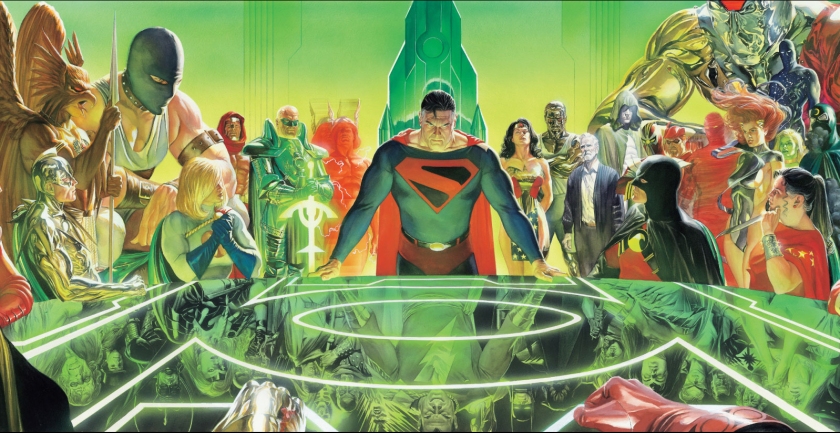
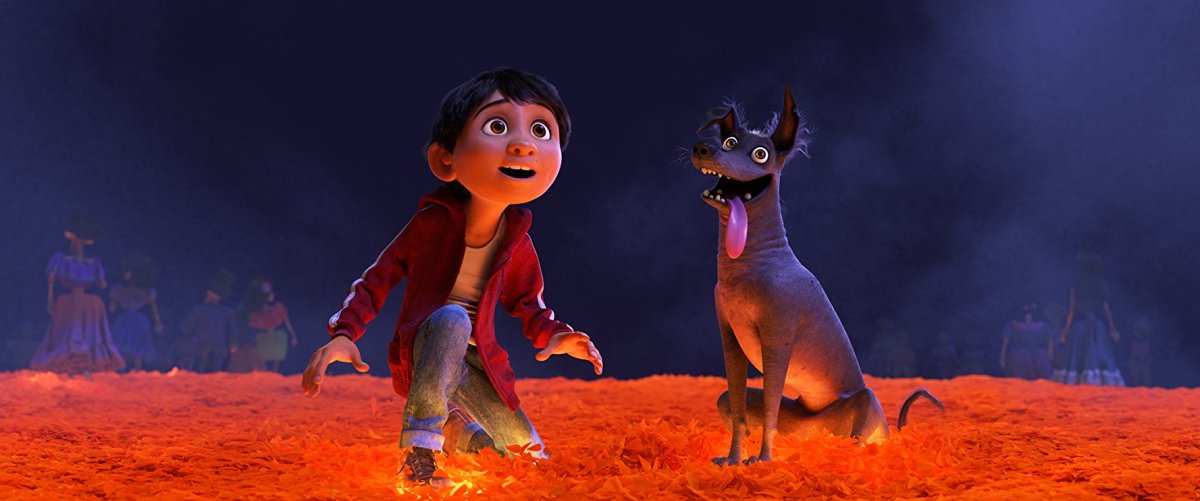
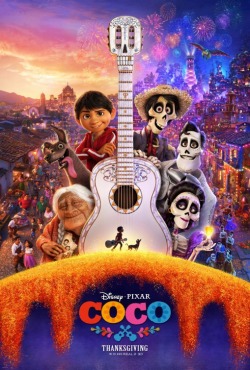 Miguel (voiced by Anthony Gonzalez), feels the draw of music on his soul in the new Disney/Pixar release Coco. He idolizes his late ancestor, the famous singer and actor Ernesto de la Cruz (Benjamin Bratt) but has to keep his passion secret because his grandmother and others strictly forbid music in their house and lives on any level.
Miguel (voiced by Anthony Gonzalez), feels the draw of music on his soul in the new Disney/Pixar release Coco. He idolizes his late ancestor, the famous singer and actor Ernesto de la Cruz (Benjamin Bratt) but has to keep his passion secret because his grandmother and others strictly forbid music in their house and lives on any level.


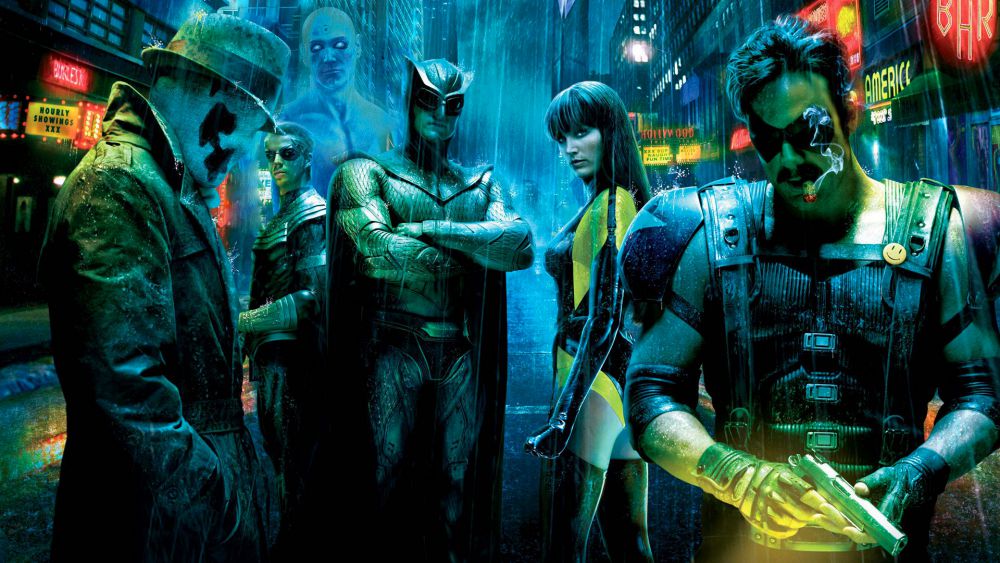
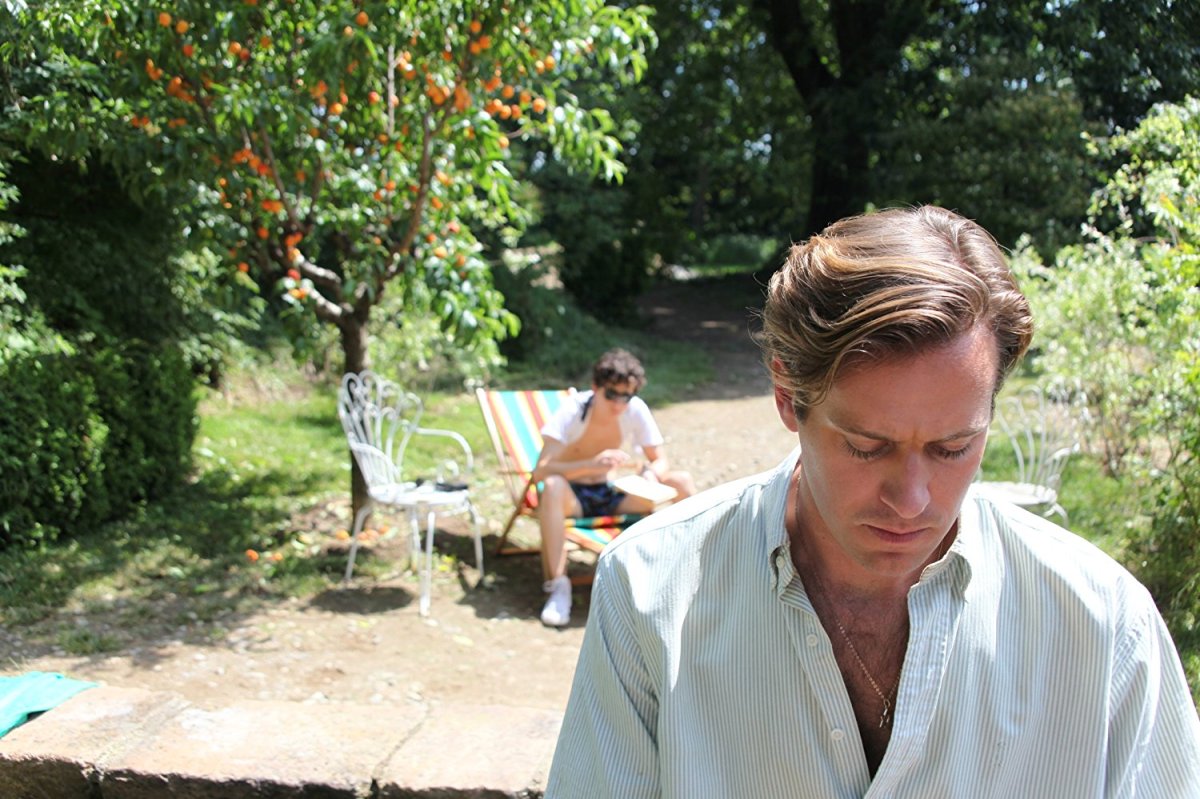
 Set in 1983, Call Me By Your Name tells an uncomfortable story, one made all the more so by the news dominating the headlines at this very moment. Elio (Timothee Chalamet) is in Italy with his father, a prominent professor on a research trip. Elio is a bright and outgoing 17- year-old who spends his time in a variety of intellectual pursuits, as well as hanging out with is friend Marzia (Esther Garell).
Set in 1983, Call Me By Your Name tells an uncomfortable story, one made all the more so by the news dominating the headlines at this very moment. Elio (Timothee Chalamet) is in Italy with his father, a prominent professor on a research trip. Elio is a bright and outgoing 17- year-old who spends his time in a variety of intellectual pursuits, as well as hanging out with is friend Marzia (Esther Garell).
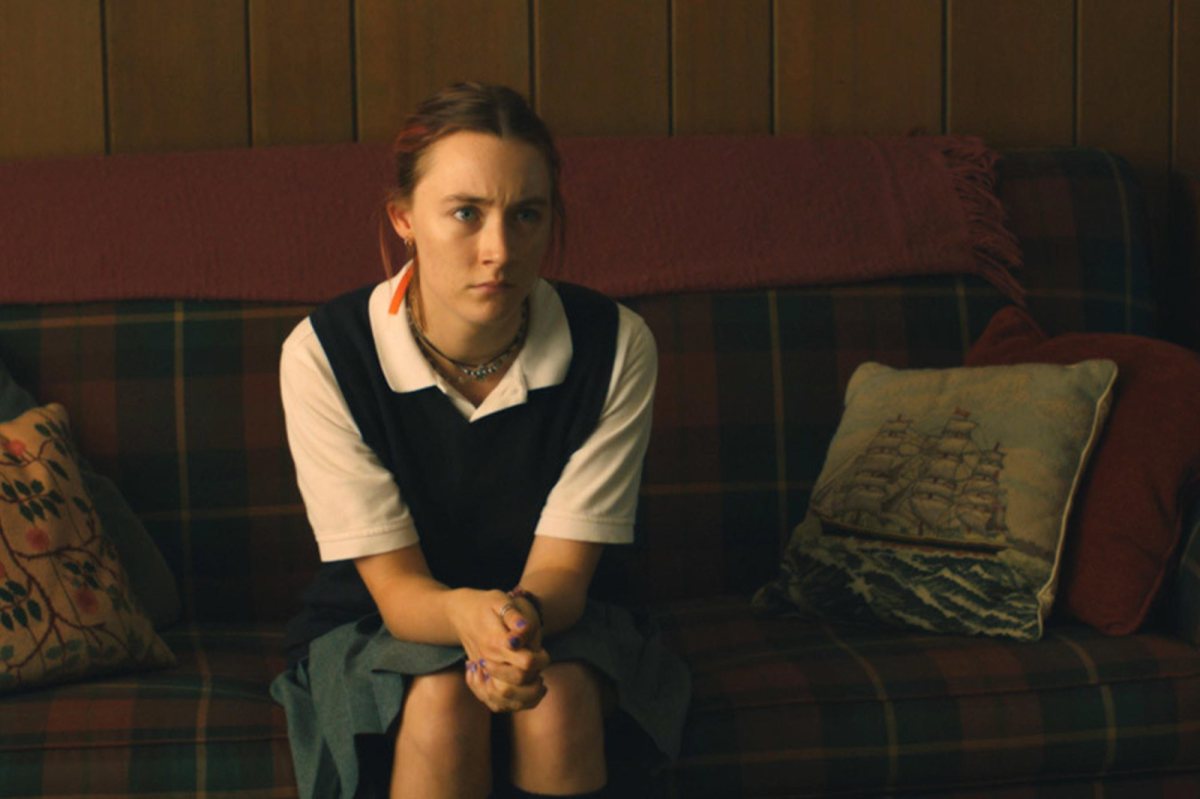
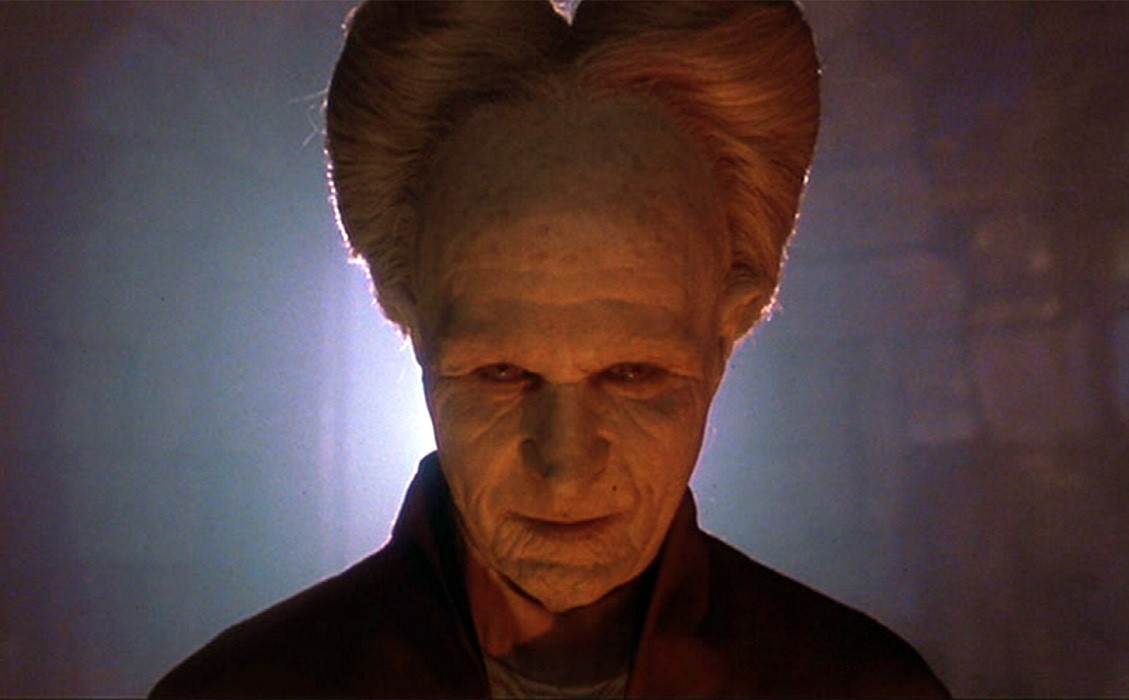
 Last week when I wrote about the directorial career of Kenneth Branagh I mentioned that 1994’s Mary Shelley’s Frankenstein was the second movie from Sony to take a fresh approach to classic monster stories that were more in line with the original books on which they were based. The first, of course, was Bram Stoker’s Dracula, a movie that celebrated its 25th anniversary earlier this week and which, because of that, will be the focus of today’s trip down marketing memory lane.
Last week when I wrote about the directorial career of Kenneth Branagh I mentioned that 1994’s Mary Shelley’s Frankenstein was the second movie from Sony to take a fresh approach to classic monster stories that were more in line with the original books on which they were based. The first, of course, was Bram Stoker’s Dracula, a movie that celebrated its 25th anniversary earlier this week and which, because of that, will be the focus of today’s trip down marketing memory lane.